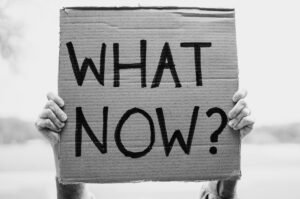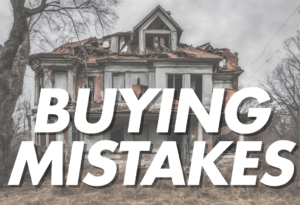If you’re thinking about buying your first property in MN, you probably have a lot of questions, along with some anxiety about the buying process. Most people start thinking about the house itself, rather than other key aspects related to their home search. Here are a few tips to make sure you start your journey to home-ownership off the right way.

Don’t start looking at homes yet!
The most common mistake is that people start shopping for their first home before they even know if home-ownership is right for them. You need to consider a few key points before you decide to fall in love with that property.
- The first factor to consider is whether you plan on being in the same area for at least 3 to 5 years. If you have a job or life circumstances that you anticipate leaving the current area within a couple of years, then home-ownership may not be right for you at this time. The real estate market can shift in a matter of months due to economic and world events, and if you don’t plan to own the house for the long term, then you could find yourself in a financial bind if price go down when you need to sell after a couple years.
- The next step is to attend a First Time Home Buyer Class or Seminar in order to learn more about the process. You may find a lot of info from fiends, family or online by searching around various websites (like this one!). However, nothing beats realistic guidance from professionals in your local area that have loads of experience. You’ll learn key terms, definitions, credit score tips, local housing data, and down payment assistance info from these classes. It’s a great way to get a lot of information in a short amount of time, and can also give you more realistic accounts of what to expect as you start the buying process.
- Another major aspect is how much you can afford to pay for a house. For most would-be homebuyers, this means finding a trusted mortgage company to get Pre-Approved for a mortgage with. A good Loan Officer can walk your through all the terms, financing process, and give you some options on what programs you may qualify for as a MN First Time Home Buyer. Usually you can find good referrals from friends, family or your Real Estate Agent more-so than just shopping online. There are too many financial factors to consider in a modern day home purchase, so getting good advice and information early in the process will take out any future financial surprises that might pop up along the way.
- Along with a solid Mortgage Officer, you’ll want to partner with an experienced and knowledgeable Real Estate Agent. Make sure you interview them and verify that they have experience working with first time buyers like you, in the locations you want to live in. Some Realtors only sell homes, some work mostly with investors, or others are just part-time and really don’t have the skills to help you navigate the ever-changing Real Estate Market. Between your Realtor and Loan Officer, the vast majority of your home-buying success lies within the abilities and expertise of these 2 professionals you pick. So choose wisely!
In summary, before you start swooning over that beautiful house online, or visit that Open House in your dream neighborhood, make sure you take these few keys steps to increase your chances of making a smart and financially secure home purchase. If you want the real scoop from experience pros, attend one of our next monthly First Time Home Buyer Classes in MN. We’ll set you up for success!




